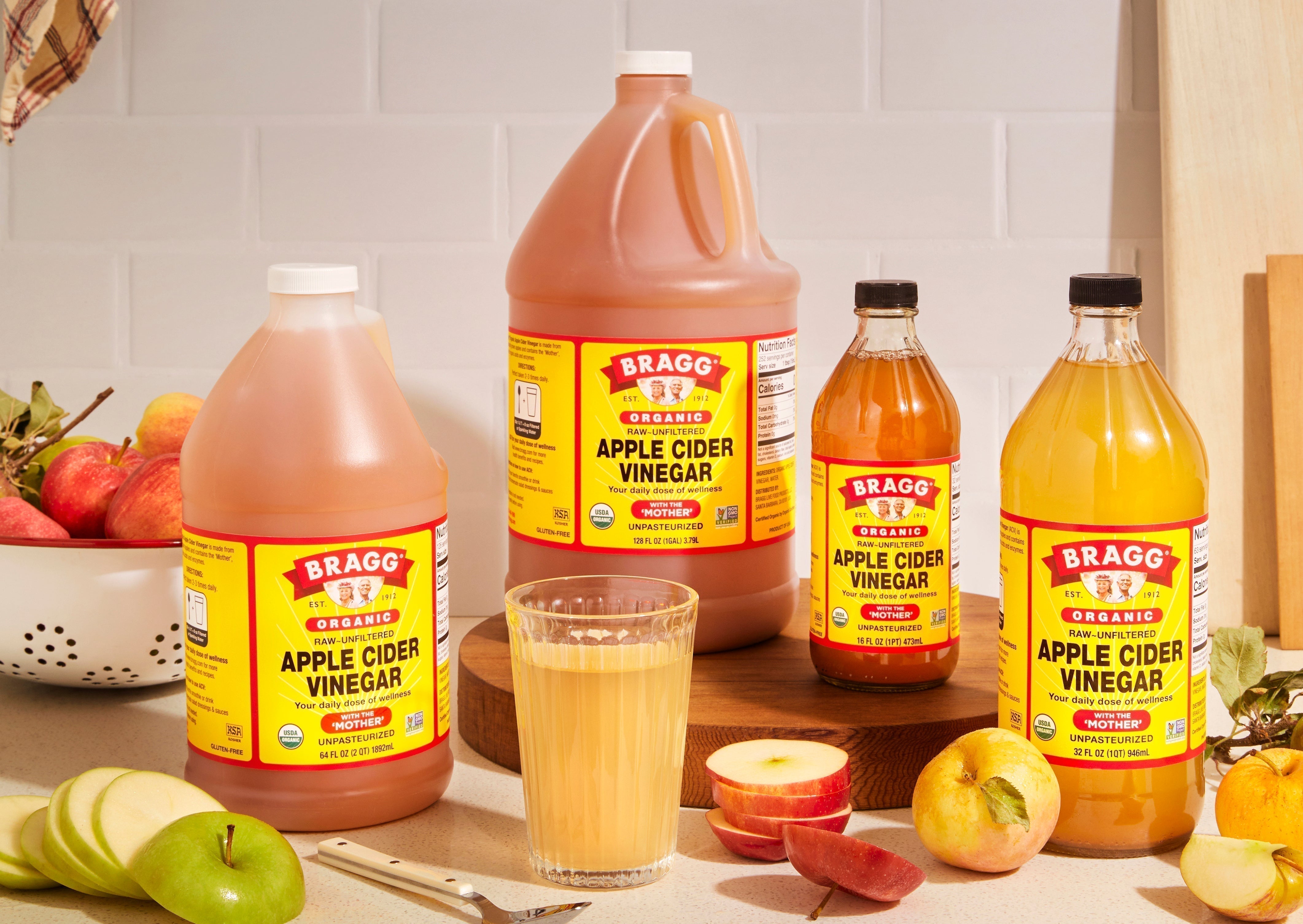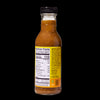What’s a balanced gut feel like anyway?
March 24, 2023


Q:
A:
We are living in an age of amazing advancements in microbiome (the trillions of bacteria in your gut) and overall gut health diagnostic testing. Functional medicine is on the cutting edge of providing these labs to patients. Most of the labs I describe below are uncommon, but they can provide insight into why common gastrointestinal problems like acid reflux, constipation, or IBS are going on in the first place.
Moreover, you don’t necessarily have to be experiencing gut symptoms to have underlying gut problems. Many people are going to the bathroom just fine, but are seeing the ripple effects of microbiome issues in the form of hormone, brain, and immune issues. (Around 22 percent of people with celiac disease can have significant damage to their small intestines but not suffer any gastrointestinal symptoms, for example.) Does everyone need these tests? No. A comprehensive health history would determine which is relevant for you, if any.
Most of my patients, by the time they meet me, are already on a health journey. They eat better than 99 percent of the population, but despite their best efforts, are still going through health issues. I use these labs to find out what’s missing from their wellness puzzle.

Q:
A:
With gut problems like leaky gut syndrome, SIBO, and histamine intolerance, even “healthy” foods can cause flare-ups for some people. This is about finding out what your particular body loves and hates. That said, there are definitely some foods that are especially good for healing the gastrointestinal system in general:
Bone broth: Lightly-brewed bone broth (which lowers histamines) is the apex of the gut-healing hierarchy.
Galangal broth: A relative to ginger, galangal broth is very soothing to a stressed-out gut.
Probiotic foods: Fermented drinks like kvass, coconut or water kefir, jun, and kombucha as well as foods like sauerkraut, kimchi, and coconut yogurt are all great ways to inoculate your microbiome with good bacteria. People with yeast overgrowths, SIBO, and histamine intolerance are often extra sensitive to these foods because they provide a plethora of bacteria and prebiotic fiber (bacterial food) that can shift the microbiome; start slowly. These are powerful food medicines for people with gut issues.
Soft-cooked vegetables: Plants provide your gut bacteria with the prebiotic fiber they need to grow and do their jobs. Cooking and pureeing vegetables breaks them down for your healing gut, making them easier to digest.
Q:
A:
Studies have shown that the gut has amazing resilience. Positive improvements can be seen in just a few weeks for those going through more minor microbiome issues. People with food sensitivities, autoimmunity, and other inflammatory problems may need anywhere from six months to two years to sustainably recover; this damage to the microbiome didn’t happen overnight, nor will it heal overnight. Gut healing is definitely a journey for most of my patients.
I suggest a minimum of sixty days of clean eating—but ultimately, it needs to lead to a lifestyle conducive to microbiome health. What good is a few months on a microbiome-healing protocol if you go back to what damaged it in the first place?
Keep reading
Reviewed By
Emilio Villarreal, Director of Technical Services

Which Apple Cider Vinegar is Best for Cooking?
Reviewed By
Emilio Villarreal, Director of Technical Services





